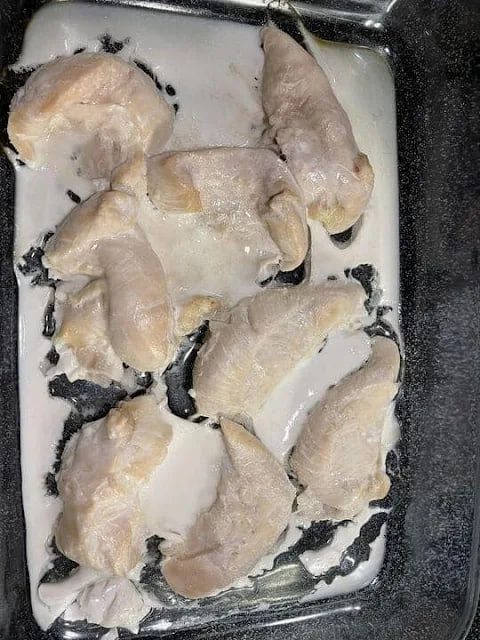
How the mysterious white goo on cooked chicken works: a Iook into the science behind it
Cook Low and Slow :
Use lower cooking temperatures and longer cooking times to allow the proteins to release moisture more gradually. This reduces the amount of goo that surfaces.
Avoid Overcooking :
Chicken should be cooked to an internal temperature of 165°F (74°C) . Overcooking dries out the meat and squeezes out more moisture, leading to more goo.
Pat the Chicken Dry Before Cooking :
Removing excess surface moisture with a paper towel helps reduce the amount of liquid that escapes during cooking.
Use a Brine or Marinade Wisely :
Brining adds moisture and flavor but can increase the likelihood of white goo forming. If you brine, rinse the chicken lightly before cooking to remove excess surface albumin.
Rest the Chicken After Cooking :
Letting chicken rest for 5–10 minutes after cooking allows the juices (and proteins) to redistribute back into the meat, reducing the amount of goo that leaks out when you cut into it.
The Science Behind Juicy Chicken
Understanding the role of proteins and moisture in chicken can help you cook juicier, more flavorful dishes. Here’s a quick breakdown of the key factors:
